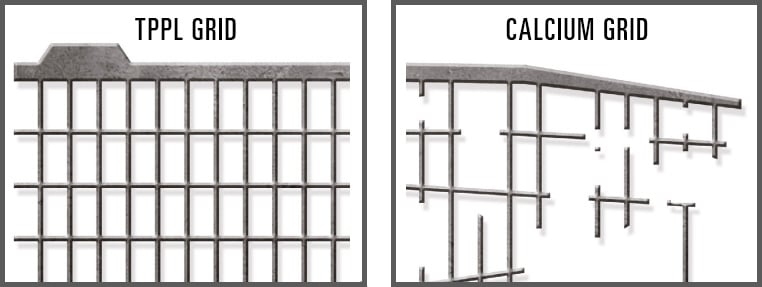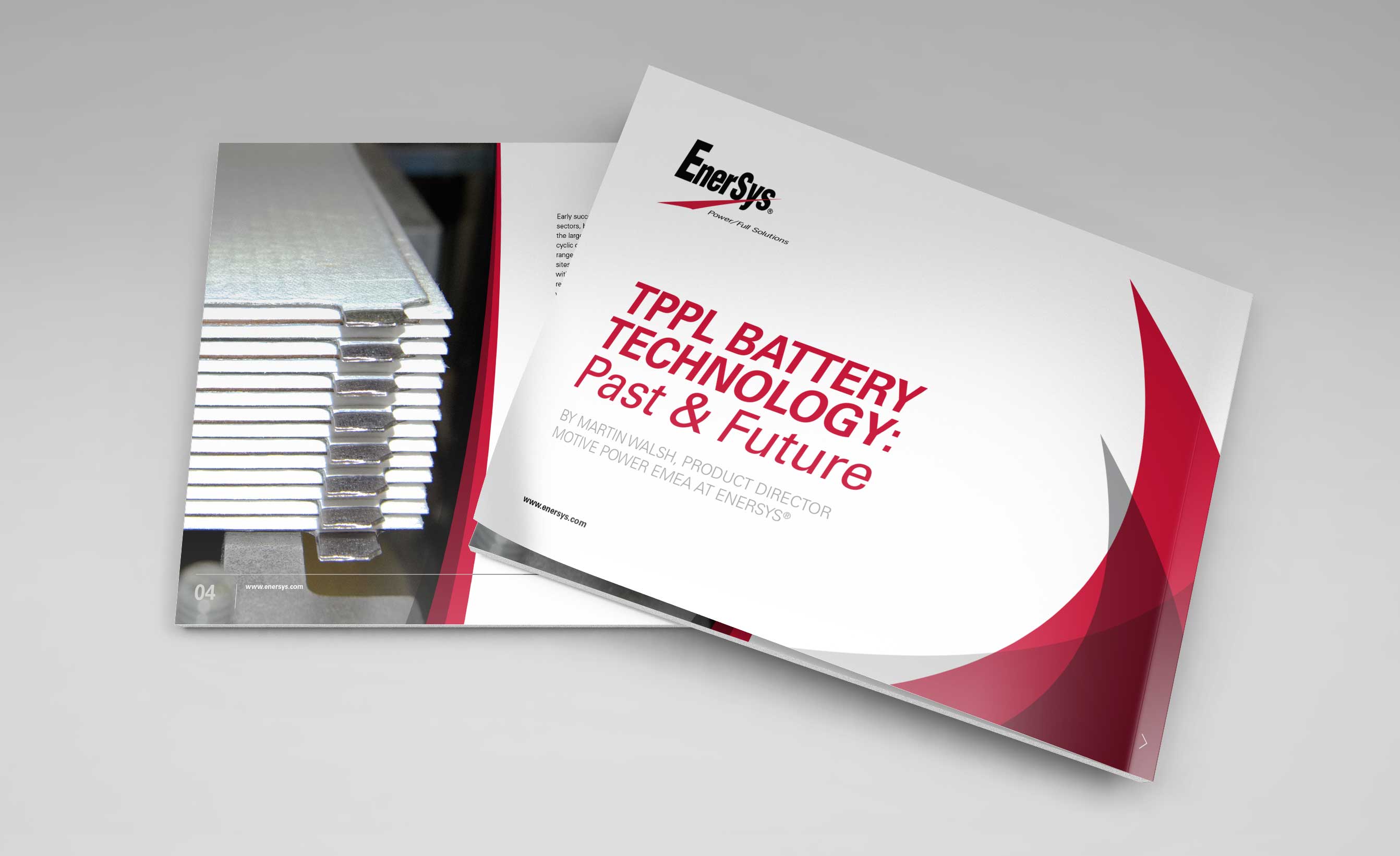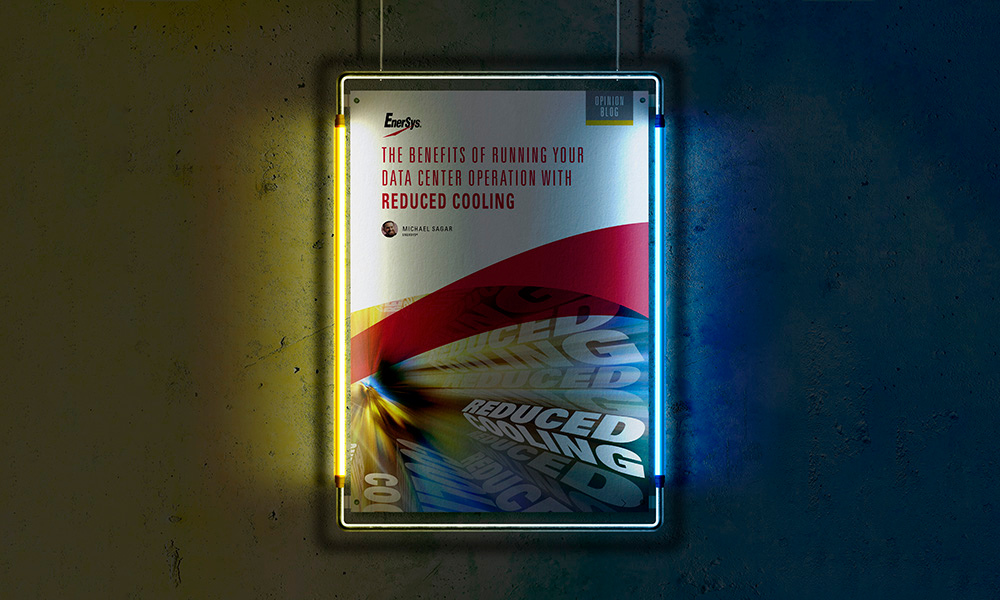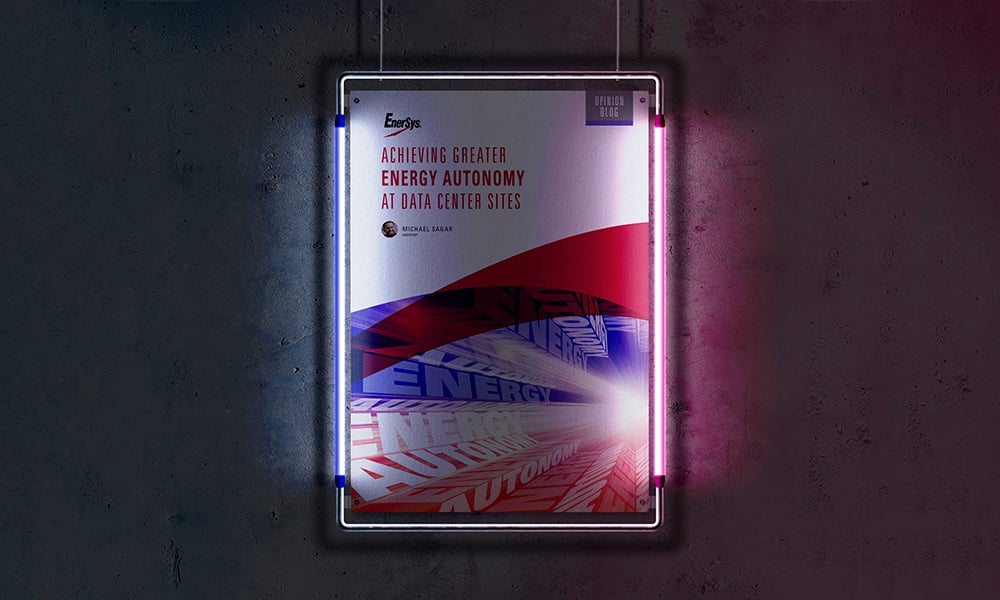How Smarter Batteries Can Reduce Data Center Operating Costs

HIGHLIGHTS
|
THE COST CHALLENGE FACING DATA CENTERS
According to the Uptime Institute Global Data Center Survey 2025, costs are the leading concern for data center management in 2025.
Power often stands out as one of the main contributors to higher operating expenditure (OpEx). According to the International Energy Agency, global electricity demand from data centers is set to more than double by 2030, reaching around 945 terawatt-hours—that’s slightly more than the entire electricity consumption of Japan today.2 In 2024, data centers consumed about 1–1.5% of the world’s electricity.3 AI is the biggest driver of this surge.
Higher electricity demand can mean higher electricity bills—including for data centers. But could there be other often overlooked costs pushing up data center OpEx? One such area could be the UPS battery backup system.
TPPL VS LEAD-ALLOY
Lead-acid batteries are a popular choice for data centers' UPS due to:
- Easy integration with existing systems, making the need for costly upgrades less likely.
- High recyclability rate of around 99%, making sustainability goals easier and less costly to meet4
Why not all lead-acid batteries were created equal
Lead-acid batteries vary in terms of chemical makeup and performance. Choosing UPS batteries which fail to align with long-term goals can have serious consequences for data center OpEx. One of the most fundamental variations is that which separates lead-alloy batteries from pure lead batteries—a difference which lies in the composition of two critical components: the grid and the paste.
The grid is the metal framework inside the battery that supports the active material and conducts electricity—think of it as the skeleton of the battery. The paste, also called the active material, is applied to the grid and is responsible for storing and releasing energy during charge and discharge cycles. It’s typically made from lead oxide and functions like the muscle of the battery.

A comparison of pure lead and lead calcium positive grids after accelerated life testing.
While the paste in most lead batteries is made from pure lead, the grid often is not. Many lead-acid batteries use grids made from alloys, incorporating elements like calcium or antimony. These additions make the grid more chemically reactive, which has significant implications for performance and longevity.
MANY UPS BATTERIES FOR DATA CENTERS LABELLED AS ‘PURE LEAD’ ARE, IN REALITY, LEAD-ALLOY BATTERIES. THE CLAIM TO PURITY USUALLY REFERS ONLY TO THE PASTE, WHICH IS NOTHING NEW OR GROUNDBREAKING. THE GRID—THE BACKBONE OF THE BATTERY—STILL CONTAINS ALLOYED METALS, WHICH CHANGES HOW THE BATTERY BEHAVES OVER TIME.
WHY DOES ANY OF THIS MATTER FOR DATA CENTERS?
The choice between pure lead and lead-alloy batteries isn’t just a technical nuance; it can have real operational and financial consequences.
Lead-alloy grids corrode faster than pure lead grids, and as corrosion progresses, internal resistance rises. This forces chargers to work harder to maintain a float charge, increasing energy consumption and, ultimately, electricity costs. Faster corrosion also shortens battery life, leading to more frequent replacements, higher maintenance demands, and increased OpEx. In the worst case scenarios, faster grid corrosion can lead to the financial and reputational consequences of unplanned downtime.
One peer-reviewed study identified positive grid corrosion as a leading cause of failure in VRLA batteries used for UPS systems.5
So, in practical terms:
- Lead-alloy grids corrode faster, which can mean shorter battery life and higher replacement costs.
- Higher internal resistance means more energy consumption to keep batteries on standby, increasing your electricity bills.
That’s why the choice between pure lead and lead alloy isn’t just a chemistry question—it’s a cost and reliability question for every data center.
THE ENERSYS® TPPL ADVANTAGEEnerSys® offers a smarter alternative: advanced thin plate pure lead (TPPL) batteries. These are engineered to reduce both replacement and energy costs. LONGER LIFESPANTPPL batteries can last up to 25% longer than standard VRLA batteries—meaning potentially lower expenditure on replacements. LOWER INTERNAL RESISTANCETPPL technology can reduce float current, leading to lower energy consumption. One major colocation data center in northern Italy reported 30% savings on energy bills after switching to TPPL. |
READY TO CUT COSTS?
We’re not just here to sell batteries—we’re here to help you uncover hidden costs and optimize your setup. Lower Your TCO in 4 Simple Steps:
1
FILL OUT THE CONTACT US FORM (TAKES LESS THAN 5 MINUTES).
2
HEAR BACK FROM AN ENERSYS SALES REPRESENTATIVE.
3
GET A FREE, NO-OBLIGATION ANALYSIS OF YOUR CURRENT BATTERY SETUP.
4
RECEIVE A QUOTE SHOWING POTENTIAL SAVINGS AND TCO REDUCTION.
REFERENCES
1. Executive summary: Uptime Institute Global Data Center Survey 2025. Date accessed: 09/29/2025.
2. AI is set to drive surging electricity demand from data centres while offering the potential to transform how the energy sector works - News - IEA. Date accessed: 09/29/2025.
3. Executive summary – Energy and AI – Analysis - IEA. Date accessed: 09/29/2025.
4. Based on a figure from Battery Council International. Data accessed: 09/29/2025.
5. Yu, Ruxin, Gang Liu, Linbo Xu, Yanqiang Ma, Haobin Wang, and Chen Hu. 2023. "Review of Degradation Mechanism and Health Estimation Method of VRLA Battery Used for Standby Power Supply in Power System" Coatings 13, no. 3: 485. https://www.mdpi.com/2079-6412/13/3/485
Caution Concerning Forward-Looking Statements
EnerSys is making this statement in order to satisfy the “Safe Harbor” provision contained in the Private Securities Litigation Reform Act of 1995. Any of the statements contained in this article that are not statements of historical fact may include forward-looking statements that involve a number of risks and uncertainties. A forward-looking statement predicts, projects, or uses future events as expectations or possibilities. Forward-looking statements may be based on expectations concerning future events and are subject to risks and uncertainties relating to operations and the economic environment, all of which are difficult to predict and many of which are beyond our control. For a discussion of such risks and uncertainties that could cause actual results to differ materially from those matters expressed in or implied by forward-looking statements, please see our risk factors as disclosed in the “Risk Factors” section of our annual report on Form 10-K for the most recently ended fiscal year. The statements in this article are made as of the date of this article, even if subsequently made available by EnerSys on its website or otherwise. EnerSys does not undertake any obligation to update or revise these statements to reflect events or circumstances occurring after the date of the article.







